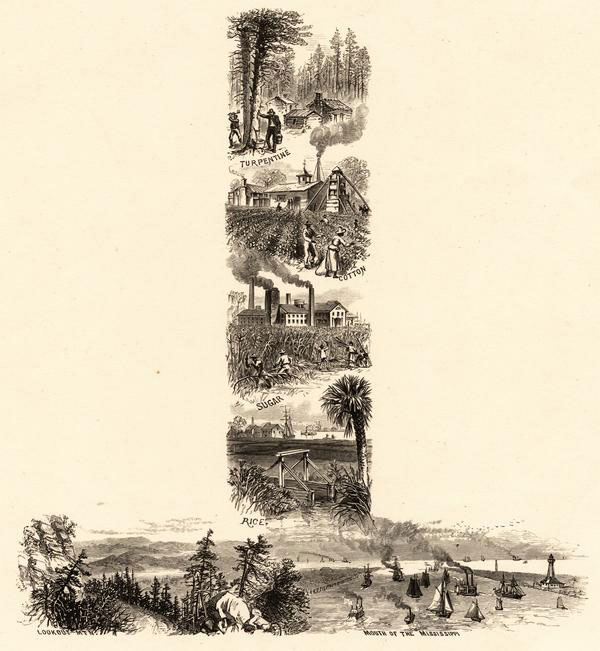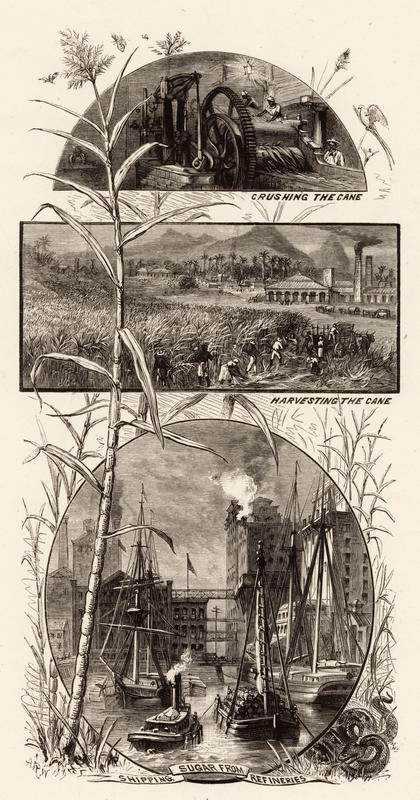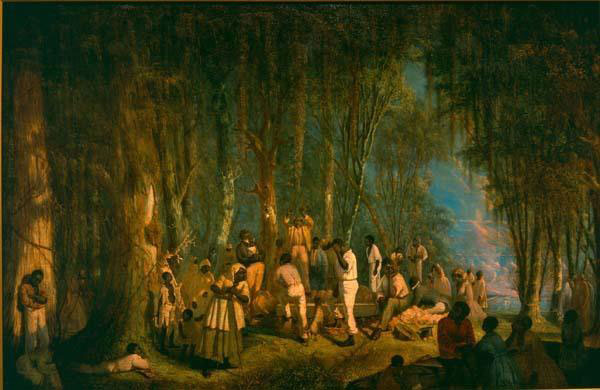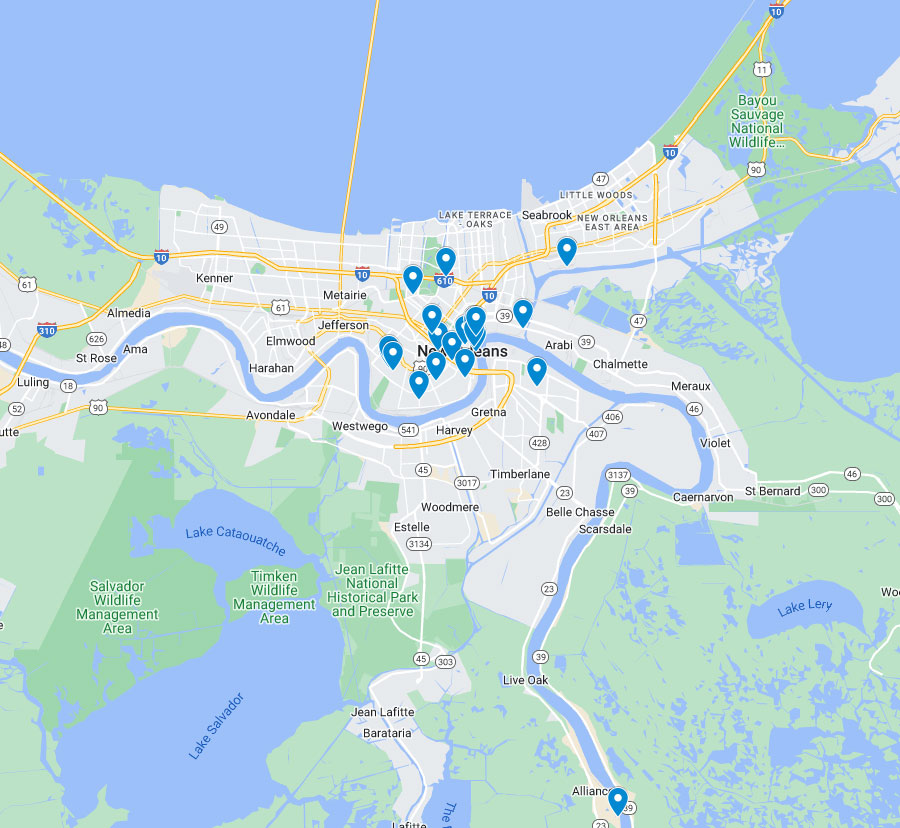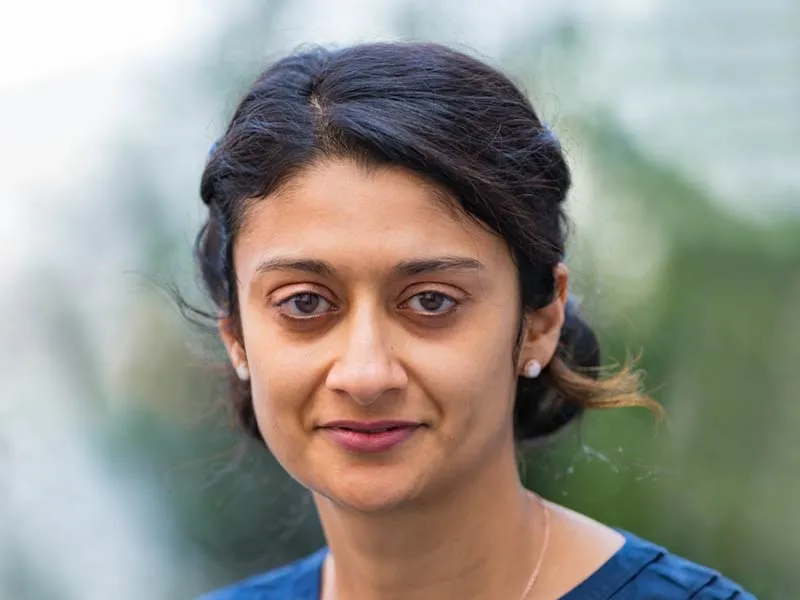
Biography
Urmi Engineer Willoughby is currently a Molina Fellow in the History of Medicine & Allied Sciences at the Huntington Library. She completed her doctorate at the University of California‐Santa Cruz, and has held postdoctoral fellowships in at Colby College and at the University of Pittsburgh’s World History Center. She approaches histories of disease and medicine from a global and ecological perspective. Her research focuses on disease and ecology in the Mississippi Valley, Gulf South, and Caribbean, and draws connections between the southern United States, the colonial Atlantic, and South Asia. Her book, Yellow Fever, Race, and Ecology in Nineteenth‐Century New Orleans, was published in Louisiana University Press’s series on “The Natural World of the Gulf South.” It was awarded the 2017 Williams prize for best book in Louisiana history. Her current project, titled Cultivating Malaria, is an environmental and cultural history of malaria in the Gulf South.
Research
Cultivating Malaria is an environmental and cultural history of malaria in Gulf South, with a focus on the wetlands of lower Louisiana. From early colonization through the industrialization of plantations in the nineteenth century, lower Louisiana developed simultaneously as an endemic fever zone and a slave society with a plantation economy. In the eighteenth century, enslaved and free farmers cultivated swamp rice as a subsistence crop in the region. As the sugar industry developed in the nineteenth century, in addition to the transformation of landscapes that resulted from the construction of cane fields, slaves transformed the backswamp of sugar plantations by cultivating rice and maize (corn). Corn and wet rice cultivation in these regions encouraged the habitation and proliferation of swamp‐ dwelling Anopheles mosquitoes, enabling the development of endemic malarial zones in Louisiana’s wetlands. The proposed project thus seeks to uncover the hidden history of rice and maize cultivation on sugar plantations. This research is part of growing scholarship on the environmental and epidemiological history of slavery and capitalism. It connects historical narratives of the Gulf South with the Greater Caribbean, Atlantic World, and beyond. Drawing on the methods of environmental historians in Latin America and tropical West Africa, this research reveals connections between Louisiana and other malarial landscapes around the globe. It foregrounds the agency of enslaved African Americans as skilled cultivators, and shows the ecological relationship between rice cultivation and the creation of malarial landscapes near slave quarters.


